Instruments
Instrument Scheduling
If you have completed the steps for lab access, you may reserve instrument time here.
Note on liquid nitrogen and specialty gases: You will need to supply your own tanks for these gases. To have gas tanks shipped to the BioMCL, use this information:
Address:
320 Kelly Hall
325 Stanger St
Blacksburg, VA 24061
United States
Location code: 123533
Building code: T493
Plan your tests to use most or all of the tank you ordered. The BioMCL is a shared facility with limited space, and while it will not be possible to reserve tanks for individual users, you will be alerted when your tank has arrived and have access to it before other users.
Once you are notified that your liquid nitrogen has arrived, reserve instrument time via the online reservation system. Please use your tank as soon as possible, and then promptly request its removal by the vendor to make the space available for other users.
ZEISS LSM 880 (Multiphoton)
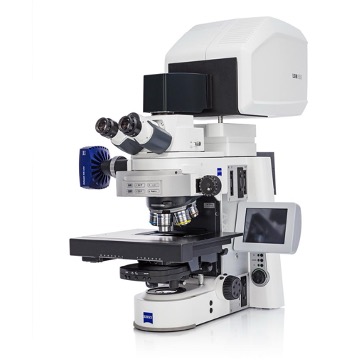
The Zeiss LSM 880 confocal laser scanning microscope, equipped with a Coherent Chameleon multiphoton (2P) laser, enables advanced imaging through multiphoton excitation while utilizing confocal detectors. This system supports the visualization of non-stained structures via second harmonic generation (SHG) and high-resolution imaging of fluorescently labeled samples.
ZEISS LSM 800
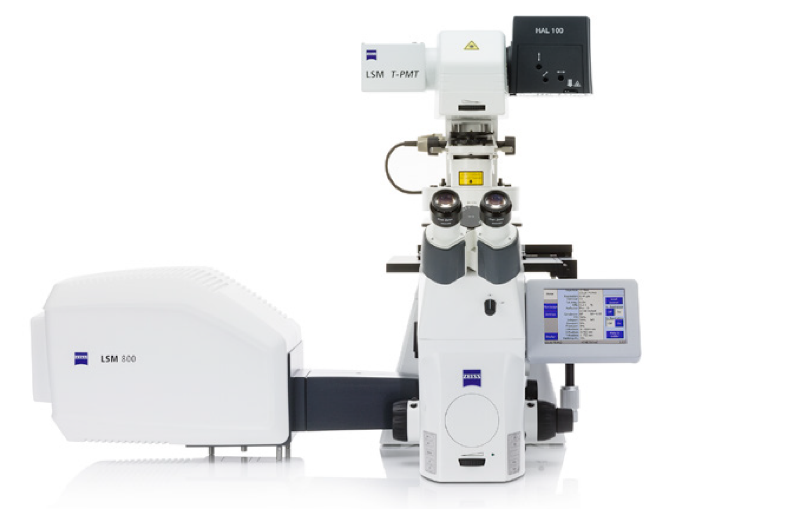
ZEISS LSM 800 confocal laser scanning microscope for high-resolution optical sectioning and imaging of fluorescently labeled samples.
EVOS M7000 with onstage incubator (OSI-2)
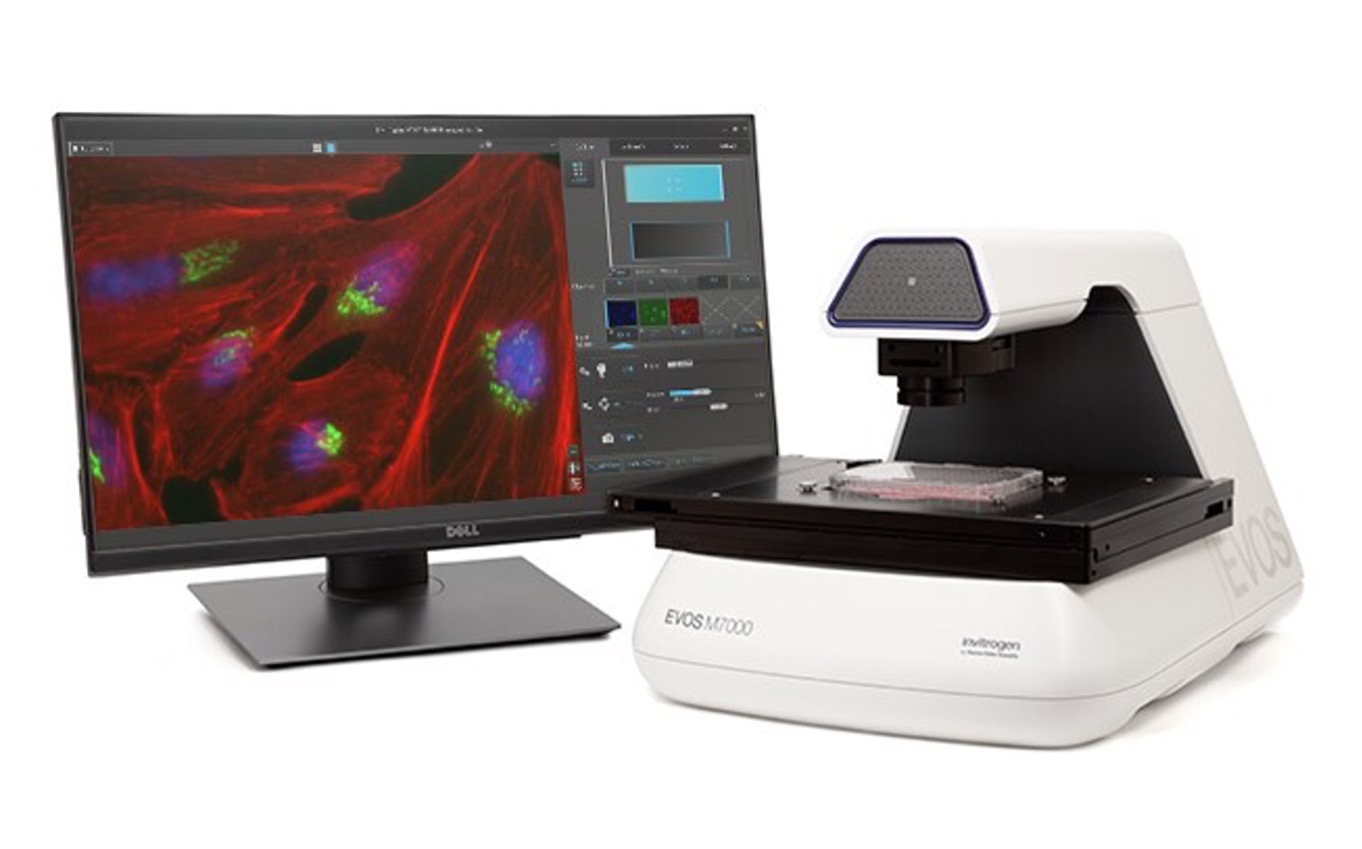
A fully automated fluorescent and colorimetric imaging system capable of recording time-lapse movies of live cells under physiological and non-physiological conditions (e.g., hypoxia) over extended periods of time. The EVOS M7000 can scan multiwell plates automatically and features speedy autofocus, image acquisition, and large data processing.
Bruker Dimension Icon AFM
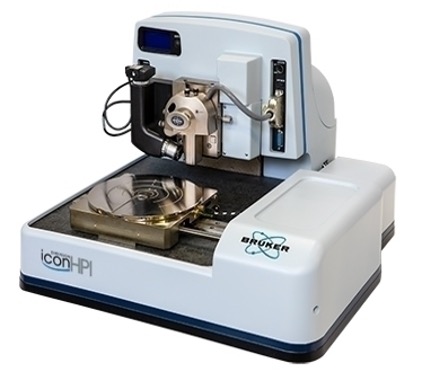
The Dimension Icon AFM is capable of advanced AFM-based experiments, including nanoscale imaging and nanomechanical characterization of samples. Nanoscale mapping uses various imaging modes like contact, tapping, multimode, and peak force quantitative nanoscale mechanical characterization.
Bio-Rad S3e Cell Sorter
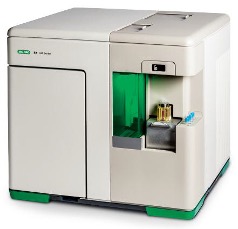
The Bio-Rad S3e Cell Sorter is an automated flow cytometry system for high-speed sorting and analysis of cell populations.
Molecular Devices SpectraMax® iD3
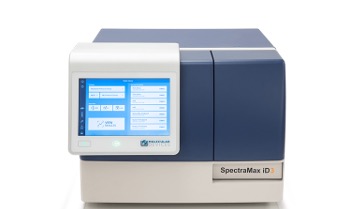
Multifunctional microplate reader for various assays, measuring absorbance, fluorescence, and luminescence detection.
FujiFilm LAS-3000 Luminescent Image Analyzer
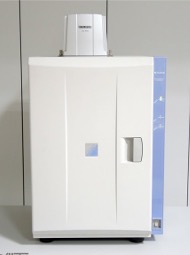
The Fujifilm LAS-3000 is a luminescent image analyzer designed to detect and analyze chemiluminescent and fluorescent signals in biological samples.
Applied Biosystems 7300 Real-Time PCR System

The Applied Biosystems 7300 Real-Time PCR System is a platform for detecting and quantifying nucleic acid sequences. This system combines thermal cycling, fluorescence detection, and application-specific software to measure the cycle-by-cycle accumulation of PCR products in a single-tube, homogeneous reaction.
Epredia CryoStar NX70 Cryostat
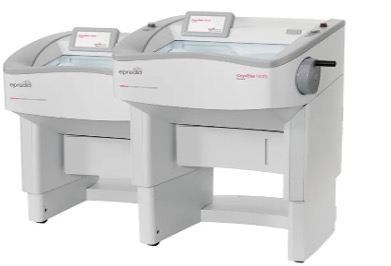
A high-precision instrument for rapidly freezing and sectioning biological tissues at low temperatures.
Leica EM CPD300 Critical Point Dryer
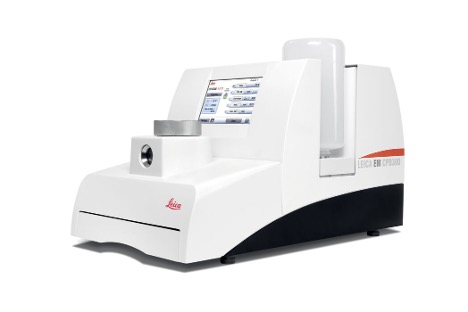
The Leica EM CPD300 Critical Point Dryer is a fully automated instrument for drying biological specimens. This advanced system is ideal for preparing samples for SEM (Scanning Electron Microscopy) and Transmission electron microscopy (TEM) analysis, ensuring high-quality preparation with minimal sample distortion.
Leica EM UC7 Ultramicrotome
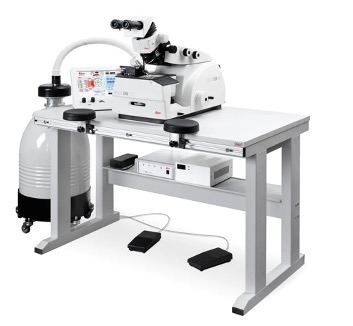
Prepare high-quality ultra- or semi-thin sections to investigate electron or light microscope while creating perfectly smooth block face surfaces for atomic force, scanning electron, or incident light microscopy.
Thermo Fisher 1300 Class II Type A2 Biosafety Cabinet
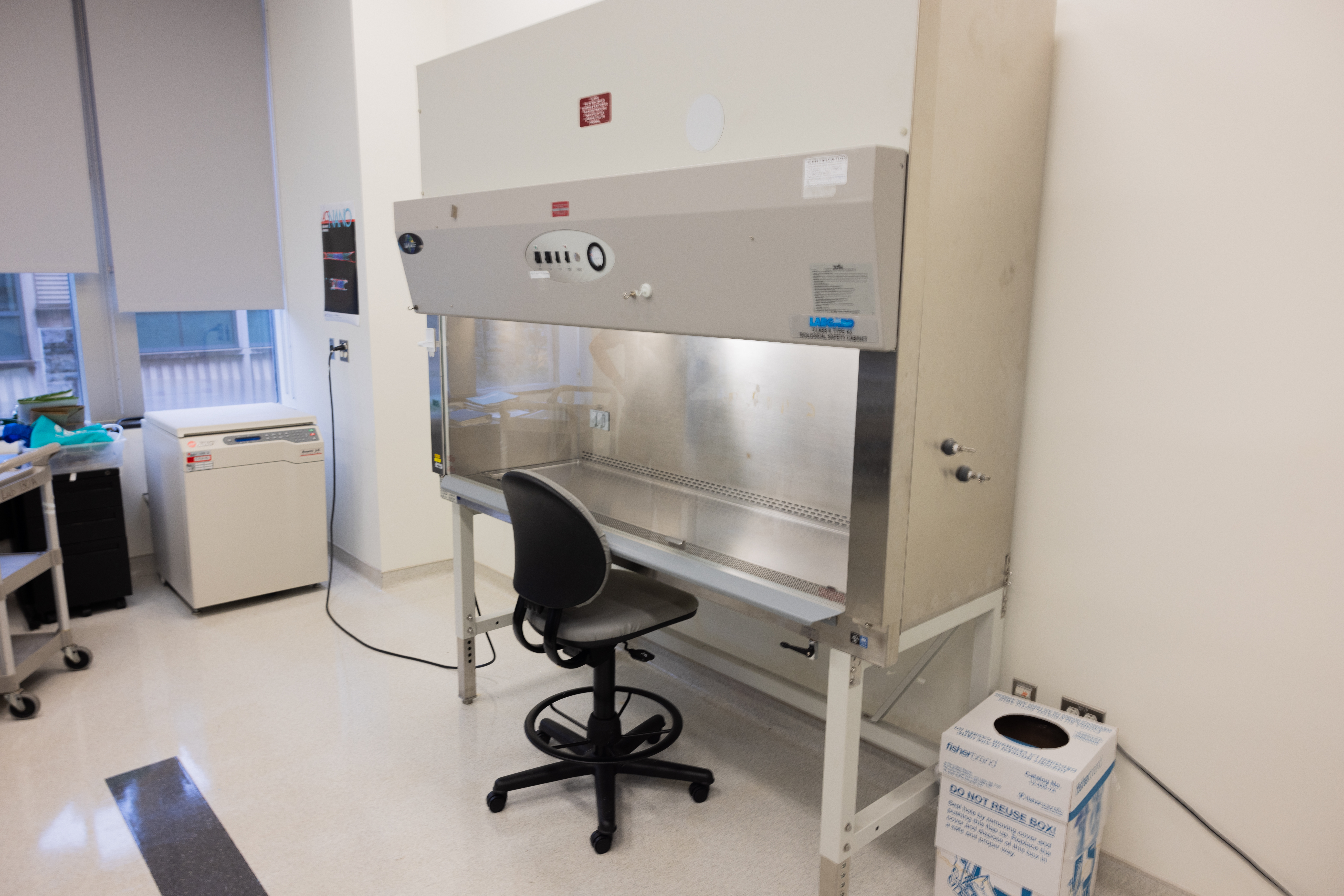
LabGard Class II Type A2 Biosafety Cabinet
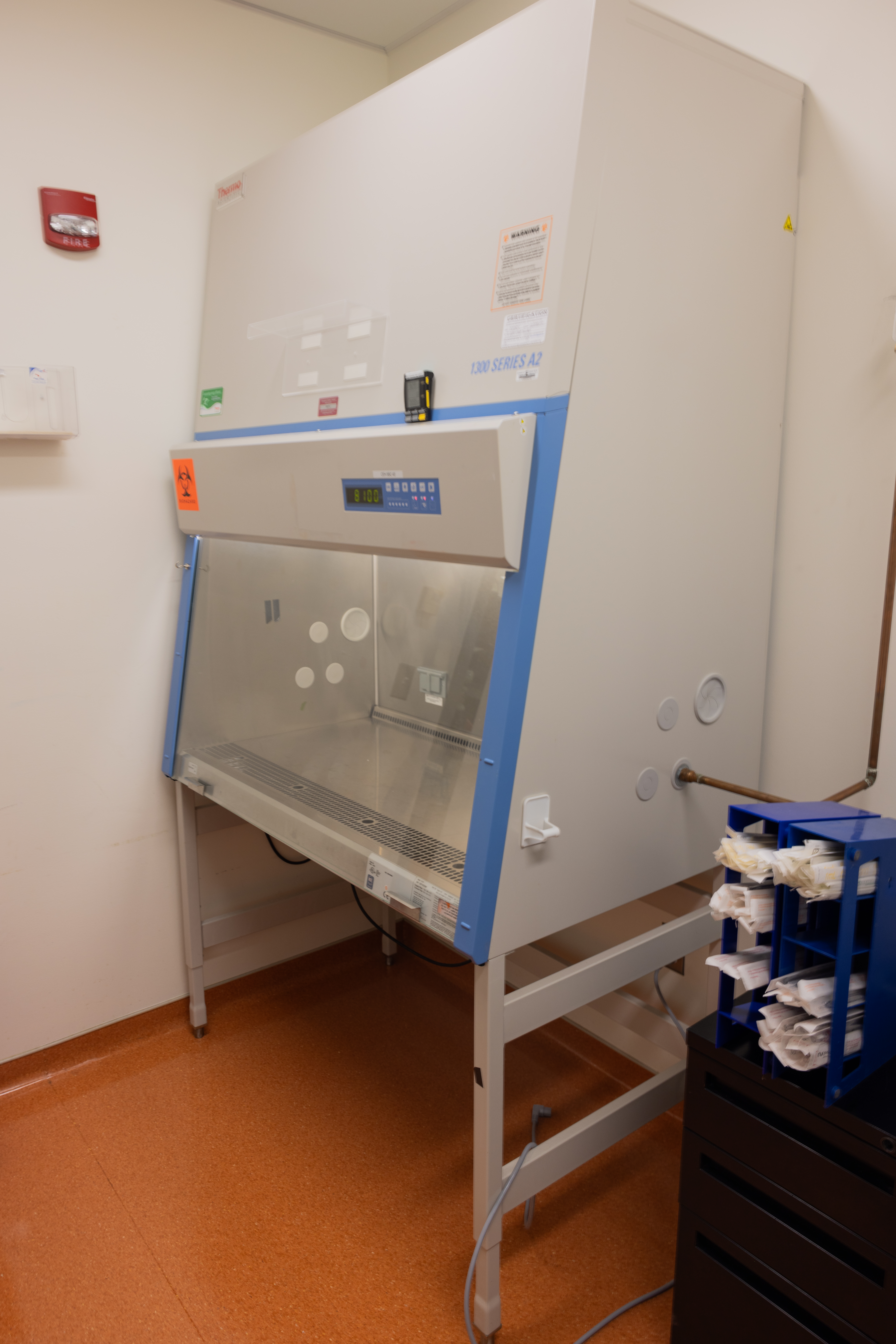
Corning® Automated Cell Counter
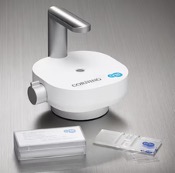
Faster and less user-dependent cell counting.
EVOS™ M7000 Imaging System
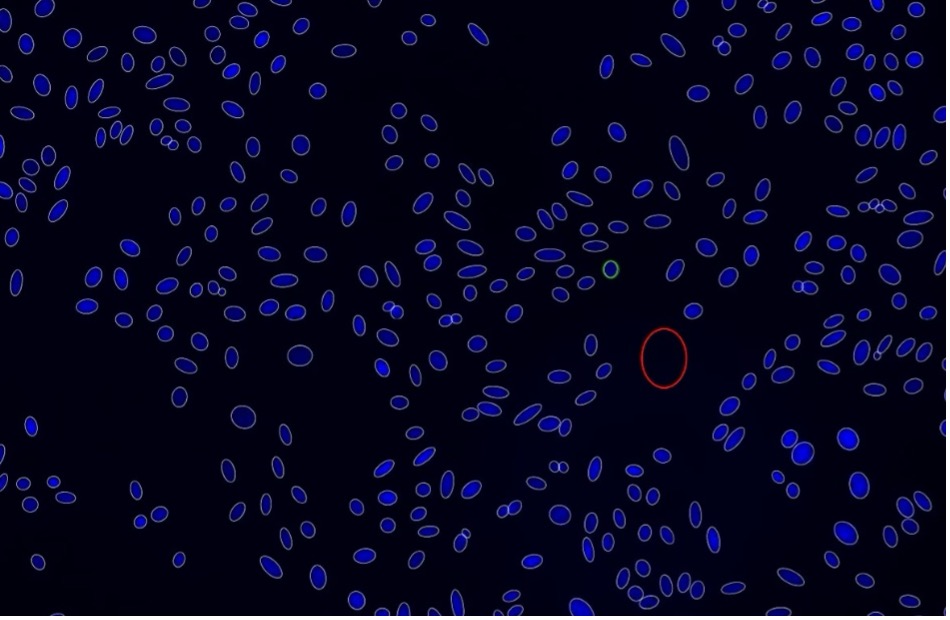
Celleste software allows automatic cell counting in fluorescence mode post-acquisition.
Harrick Expanded Plasma Cleaner
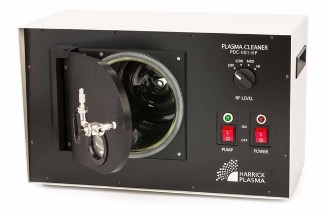
For a broad range of surface engineering applications, including surface cleaning, surface activation, surface energy alteration, surface preparation for bonding and adhesion, modification of surface chemistry, as well as the surface treatment of polymers and biomaterials through activation, grafting, and surface coating.


